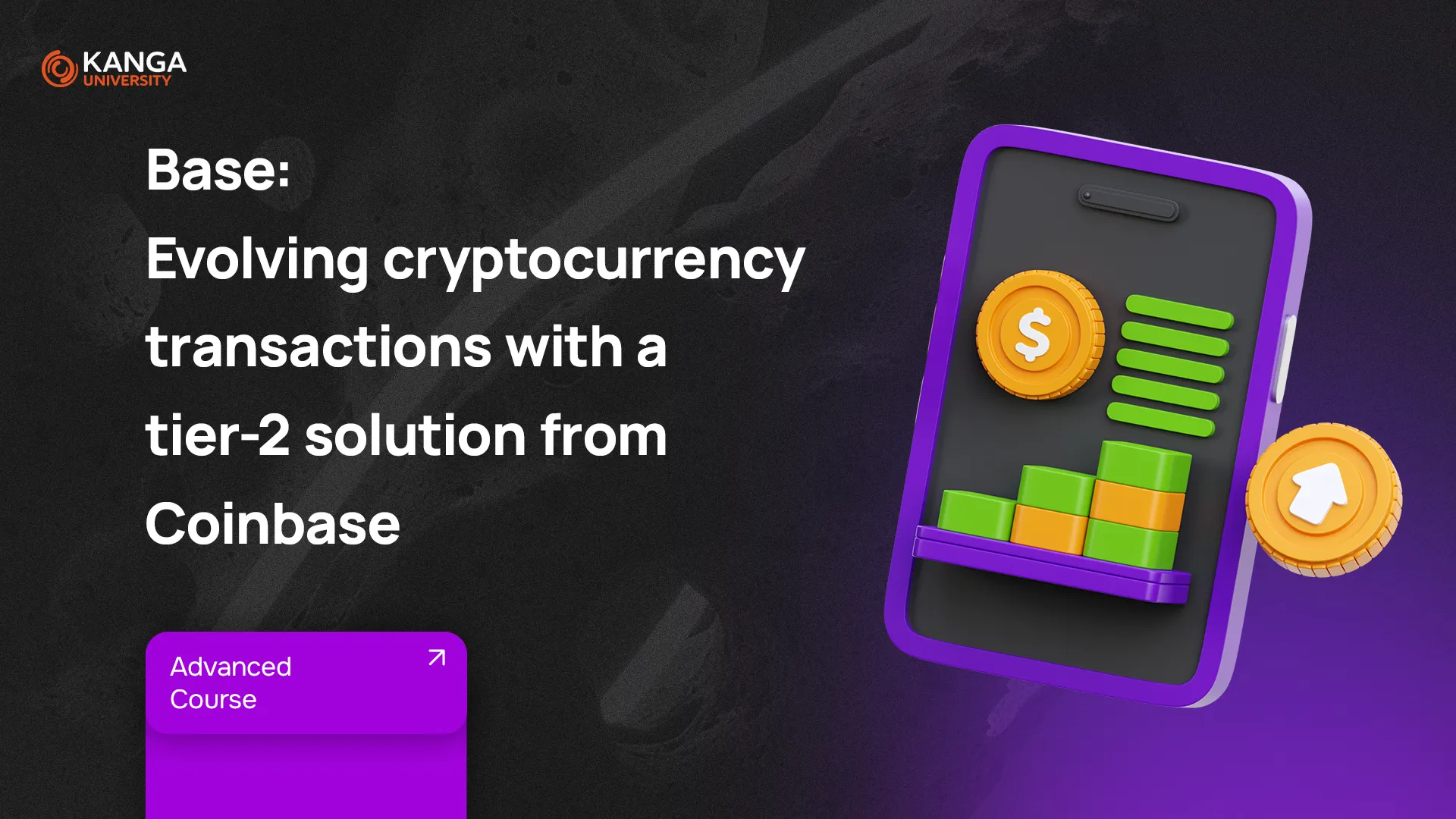
In the world of cryptocurrencies, speed and cost-efficiency are more than just perks—they’re essential. As blockchain technology continues to evolve, the industry’s focus has shifted toward scalable solutions that can support global adoption. One of the most promising recent developments in this space is Base, a Layer 2 network launched by Coinbase.
What is Base?
Launched on August 9, 2023, Base is a Layer 2 network built on top of Ethereum by Coinbase, one of the world’s largest crypto exchanges. Its mission is clear: to make crypto transactions faster, cheaper, and more accessible by scaling Ethereum without sacrificing security or decentralization.
Base serves as a kind of bridge for the crypto economy, allowing developers to build decentralized applications (dApps) that run more efficiently than on Ethereum’s mainnet. By handling transactions off-chain and only settling them on Ethereum in bulk, Base dramatically reduces transaction costs and wait times.
How Does Base Work?
Base uses a technology known as rollups. Rollups bundle thousands of individual transactions and submit them to the Ethereum network as a single, compressed update. This method:
-
Reduces congestion on Ethereum
-
Lowers gas fees
-
Increases transaction speed
The underlying framework of Base is built on OP Stack, an open-source toolkit developed by Optimism, another major Layer 2 solution. This means Base is designed to be modular, interoperable, and upgradeable—making it easy for developers to deploy applications that scale.
Why Is Base Important?
For everyday users and developers alike, Base offers several clear benefits:
-
Lower fees: Layer 2 solutions bypass Ethereum’s expensive gas fees by offloading transaction processing.
-
Faster confirmation times: Rollups process transactions much more quickly than Ethereum’s mainnet.
-
Improved user experience: Apps run more smoothly and reliably, which is critical for mass adoption.
And because Base is backed by Coinbase, it has immediate access to a massive user base and ecosystem. Coinbase is also integrating its products—like the Coinbase Wallet and dApp browser—directly with Base, simplifying the experience for new users.
Key Use Cases
Base isn’t just for traders. Its technology unlocks possibilities across multiple sectors:
-
DeFi: Cheaper and faster lending, borrowing, and trading on decentralized platforms
-
NFTs: Low-cost minting and transferring of digital collectibles
-
Gaming: Real-time updates and in-game purchases without slowdowns
-
Social apps: Scalable backends for on-chain social media and content platforms
What Are the Risks?
Like any new technology, Base comes with challenges:
-
Security: Layer 2 networks must be carefully monitored and audited to prevent vulnerabilities.
-
Interoperability: It’s crucial that Base works well with other Layer 2 solutions and Ethereum dApps.
-
Decentralization: Because Base is built by a centralized company (Coinbase), some critics question whether it can remain true to Web3 principles.
Still, Coinbase has taken steps to ensure Base operates as an open, permissionless network—and the project roadmap includes further decentralization over time.
What’s Next for Base?
As the crypto market grows, so does demand for faster, cheaper blockchain infrastructure. Base positions Coinbase as not just a trading platform but a builder of foundational Web3 tech.
New tools, partnerships, and protocols are expected to roll out in the coming months, further expanding what Base can do. With its strong backing and developer-first approach, Base could become one of the go-to networks for dApp development and on-chain activity.
Summary
Base is more than just another Ethereum scaling solution—it’s a strategic play by Coinbase to lead the next wave of crypto adoption. By solving real-world problems like high fees and slow transaction speeds, Base opens the door to millions of new users and developers.
If you’re exploring the crypto ecosystem and looking for a place to build or transact affordably, Base is one of the most promising places to start.